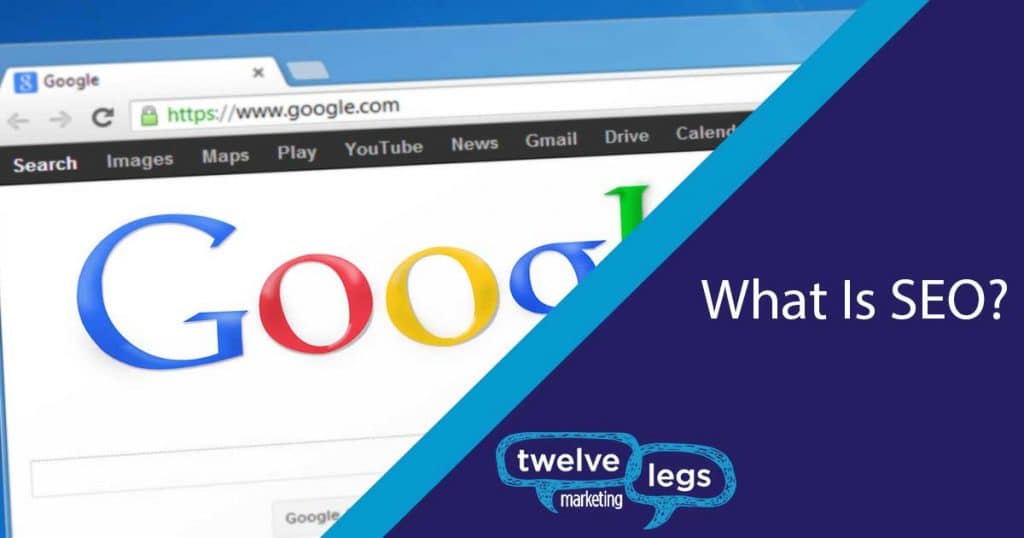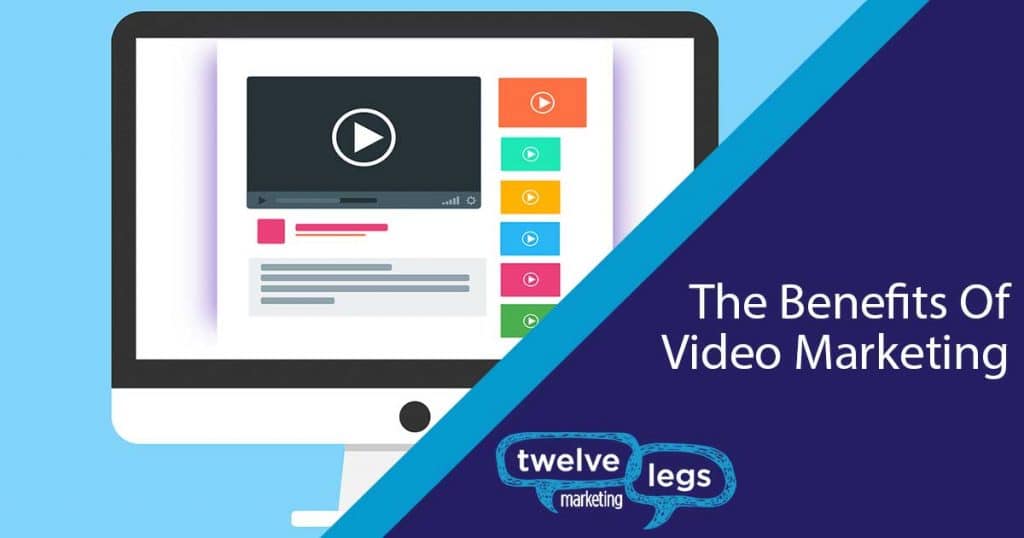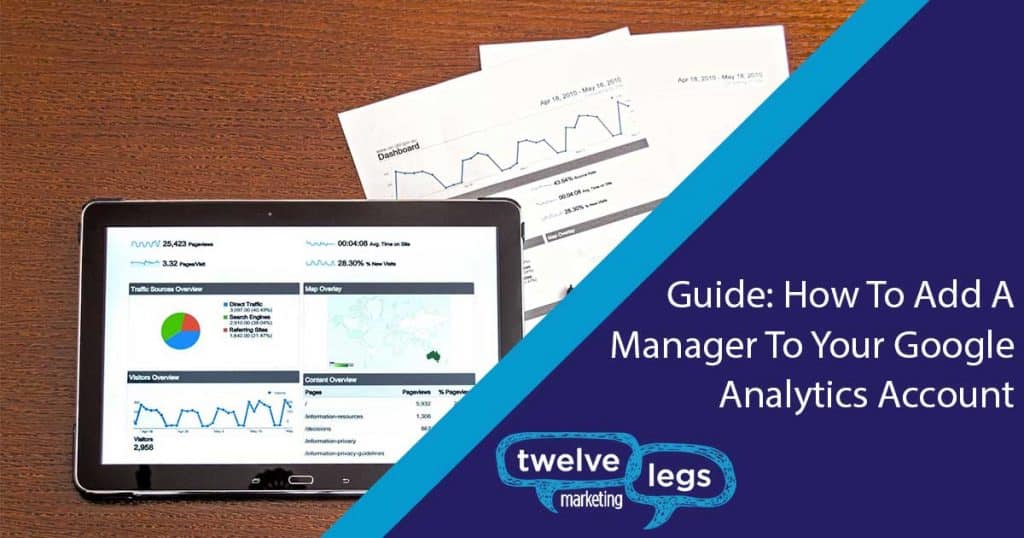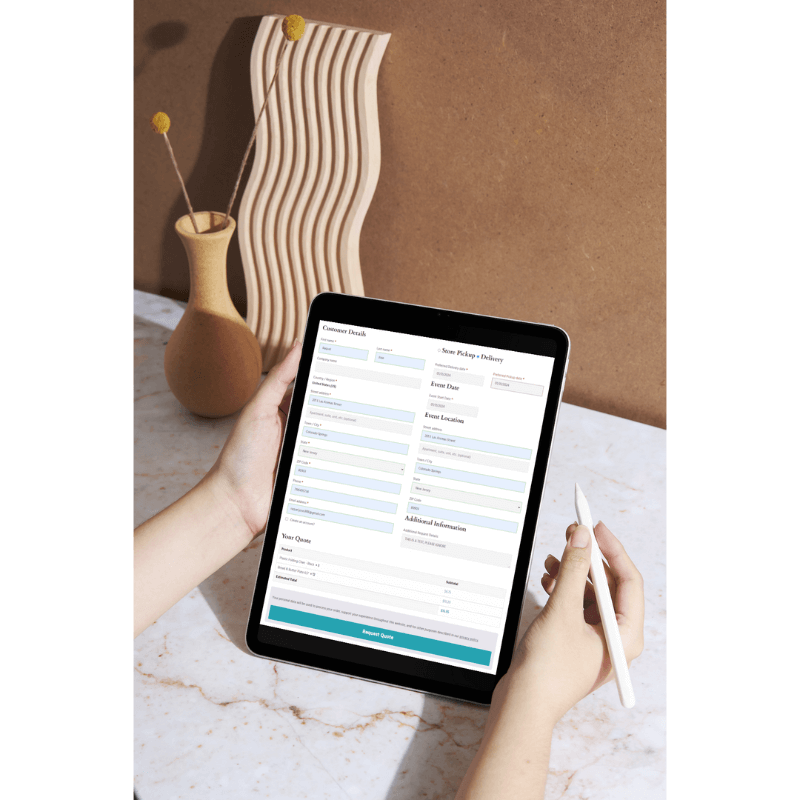A– B – C – D – E – F – G – H – I – J – K – L – M – N – O – P – Q – R – S – T – U – V – W – X – Y – Z
A –
Algorithm is a set of rules followed when search engines display results or social media platforms show you information. Each platform has its own algorithm, meant to make the user experience better and serve relevant and interesting information.
Alt text is a short description, added to images on a website. These descriptions reside in the HTML part of the website and serve to inform search engines of what the image is about, but also inform users of the content of the image in case they cannot load the visual content.
Anchor text is a clickable word or phrase (hyperlink) within the copy of your web page. It is recommended that you anchor text is keyword rich and that it points to relevant content. For example, if you are discussing the Honda Power HS720AA snow blower, don’t just link to Honda’s homepage, rather point to that specific product page, describing the product.
B –
Backlinks are links pointing to your web pages, from an external website. The key to success with back links is having high quality links, from authoritative websites, relevant to the content on the page they are pointing to. It is not recommended to aim for high volumes of links, if they are not high quality, or to purchase backlinks.
Bounce rate is a percentage value, which represents how many people visit one page during their session. The higher the bounce rate, the more people who visit only one page at a time. That is not necessarily a bad thing, for example, digital campaign landing pages aim to deliver enough content before the user takes an action such as calling or filling out a form.
Black hat refers to the use of aggressive SEO strategies, techniques and tactics that focus only on search engines and not a human audience. Because these tactics aim to challenge existing SEO algorithms, often they do not obey search engines guidelines and can lead to penalties.
C –
Click-through-rate (CTR) is the number of clicks that happen, divided by the number of total generated impressions.
Content is, collectively, everything that carries information on your website – text, images, videos. As Google put it a long time ago, “Content is King” and we should aim our website’s content to provide quality information to our users, rather than try and saturate it with keywords in order to rank better.
Conversion is an action you want visitors to take on your landing page.
Cost-per-click (CPC) means that when a searcher sees your ad, you only pay when they click and go to your website.
Cookies are short lines of code, which allow for information to be communicated between your website and analytics providers or advertising platforms. In advertising terms, cookies do not capture sensitive or personally-identifiable data.
Crawler also referred to as “bot” or “spider” is a piece of technology, which systematically browses the web or pages on a specific website with the goal of indexing available content. As SEO professionals, we use crawlers to get a full audit of all existing pages on a website and check-in with the overall health of the site.
Cross-device targeting is the practice of identifying a user over the multiple devices they use and display marketing messaging across all those devices.
CTV stands for connected TV. It refers to the device on which a user is watching video content.
D –
Deep linking is when you implement links within your content, pointing to internal pages on your website, not just the home page. For example, if I were talking about drone videos, I would point the anchor text to the respective page on our website, which goes in further depth on drone videography. Why would I not just send you to the homepage? Well, because the last thing I want is to give you the impression that if you follow the anchor text link you will find more information, to only leave you on a page, where you need to figure our where to go next.Disavow in SEO terms stands for asking Google not to take certain links into account when assessing your site.
Deterministic targeting is based on real, recorded actions such as purchases.
Directory in SEO terms are websites, which host lists of businesses, which usually fall under the same category. These websites are used for creating backlinks to your site.
Duplicate content is when the same or very similar copy is replicated on multiple pages. Google frowns upon duplicate content, so it is important to not copy paste content directly from other websites or pages on your site. Sometimes, having duplicate content is inevitable. In those cases, it is recommended to use canonical tags.
E –
External links are link you place on your website, which lead to external websites. One of the main purposes of the online space is to build a network of information, which is helpful to you, so an extra bonus for an external link would be if the source you take people to has high authority. Think of it as references in a book you are reading.
F –
Feed is a string of information, which is automatically shared with multiple sources. For example, a blog could benefit from automatically submitting new content to RSS directories and RSS engines, which in turn can signal to search engines to re-crawl your site
First-party data is data collected directly by you. This would include data you collect from your costumers in your CRM, as well as your website’s data.
Fresh content is key to any website. Being able to provide the most relevant information possible by updating your pages on a regular basis, allows you to serve your customers better. In addition, Google crawls websites on a regular basis and looks for the freshest and most informative content out there. If any search engine detects that your website has not been updated over the span of 10 years, your ranking will most probably start dropping.
Frequency is number of times (impressions) a unique user will see over a pre-determined time frame.
G –
Google is the most used search engine on the Internet. With over 3 billion searches daily, it rightfully deserved its own verb “google it”. It is important to have your website optimized for as many search engines, as possible, however, with Google being the leader in the search space, often times they call the shots, so we better optimize for Google first.
Google Ads is Google’s owned and operated advertising service, which allows businesses to pay to display ads in the form of short text messages (text ads), graphics (display ads) or videos (video ads via YouTube).
Gateway page is a page, designed to be the portal to your website for both search engines and users. These pages are highly optimized and positioned to show high in searches for well-defined keywords or keyword phrases.
H –
Hashed emails are multiple encryption standards that provide an effective way to combine data from different sources, while keeping user privacy encrypted.
Headings are exactly what you think they are – brief introductions/descriptions of the next section of information we are about to consume. Headings are used by search engines to get a better understanding of the content on a page, so it is recommended to include keywords.
HTML (Hypertext Markup Language) is a computer language, designed to allow website development.
.htaccess (hypertext access) file is a directory-level plain text configuration file for web servers, which, in simple terms, controls access to a certain directory in your server. The .htaccess files can be used to generate server-side redirects such as 301 and 302.
I –
IP Targeting is matching users based on their IP address – physical location. This approach can allow you to target as granularly as the outlines of a building.
Impressions measure the amount of times your ad was seen by a person/loaded on a page.
Inbound links are links coming from another site to your own website.
Internal links one page on your website with other pages from your website. The SEO benefits of having internal links include spreading “SEO juice” and making your website navigation easier.
J –
Javascript is a coding language, which adds a number of dynamic features when used with your HTML. There are exceptions when Javascript might not work properly for some users. Also, limiting the amount of Javascript on your site can help with site speed.
K –
Keywords are word or phrases (string of words), which users use in search engines to navigate their information needs. Keywords should absolutely be part of you website’s content, however, they should be used with care and variations.
Keyword density is the number or times your targeted keyword or key phrase appears in your copy, over the total number of words. It is measured as a percentage. Alas, there is not a perfect % for you to aim for. However, you could over-stuff a page and trigger penalty filters.
Keyword research is using available tools to research what volumes of searches selected keywords generate as well as study the intent behind different queries. Keyword research is vital for both SEO and PPC campaigns.
L –
Link building is the effort of creating incoming links to your website from external web properties. SEO benefits of investing time in link building, include increasing your website’s authority and rankings. These links should be developed in a natural way and, ideally, would come from other high-authority websites.
Landing Page is a page on a website, created specifically to support marketing or advertising campaigns. It is where a visitor “lands” when they have clicked on an online ad (text, visual or video). Landing pages are designed with a single focused objective – known as a Call-to-Action (CTA).
Long tail keywords is a phrase/combination of 3, 4 or more keywords, which are very specific to what you are selling. These phrases show high intent in purchasing, as they are commonly used after initial stages of research are completed. An example of a long tail keyword would be “red leather women cowboy boots”. In this example, the user tends to be looking exactly for what they are going to buy.
Lookalike targeting is used to achieve scale by analyzing the behaviors and patterns of desired, engaged audience’s behaviors and finding new, similar users across the web.
LSI (Latent Semantic Indexing) is an algorithmically determined relationship between key terms and meaning of content. Search engines crawl pages and by collecting the most common keywords and key phrases, they categorize the page and assign a meaning to it.
M –
Meta descriptions are short snippets of text, which describe the content on your page. These should be relevant and unique to each page, and include your target keywords.
Metrics are chosen pieces of data, which show how successful an effort is. Examples of metrics include, but are not limited to, clicks, conversions, cost-per-acquisition, conversion rate, etc.
N –
NAP stands for a business’ name, address and phone number. In the world of local SEO, the consistency of these three pieces of information, across the web can help a business rank better, but more importantly reduce the chance of potential customers not being able to connect with you. The abbreviation can also have W at the end (NAPW), which stands for website.
Native ads align content with the look and function of the webpage they are displayed on. In other words, they aim to look seamless to user, matching the overall content being consumed.
Niche is a topic discussed on your website, which has a defined focus. Being able to narrow down a niche will make keyword research easier.
Noindex is a marker that can be placed on the backend of a web page, which signals to search engines that the page should not be indexed. For example, if you are running a campaign and want to keep the contents of your landing page exclusive to only people who engage with your ads, you would mark the page as “noindex”, so search engines do not display it in regular searches.
Nofollow is a marker that can be placed on a link within a website, to signal to search engines that SEO “juice” should not be passed to the final destination (page) of the link.
Negative SEO are actions aiming to lower the rankings of a competitor’s website in searches. Most of the time, these activities are off-site, however, there have been instances where sites have been hacked and content altered.
O –
Offline attribution is data collected from offline activity, such as an in-person purchase, which is matched to consumed digital media.
Organic search results are displayed as a result of a user inputting a search term in a search engine. These results are unpaid and displayed in order of relevancy and ranking. Most traffic from search engines is generated from search results.
OTT stands for over the top and defines any app or website that streams video content over the internet, bypassing traditional distribution. Think of your HBO app, which you stream to your smart TV at home.
Outbound links are links on your website, pointing to external websites.
P –
Pacing is a term used when describing the timing of your ads, such as the times of year media will be purchased, or the number of impressions you will serve to each unique user over a given timeframe.
Page Rank is Google’s way of measuring the importance of a page. A number of variables are taken in account when calculating page rank.
Penalty is a form of punishment for a website, which is accessed as spamy or is not following the rules of white hat SEO.
Postback is also known as server-to-server tracking. As soon as a user clicks on an ad, a unique identification number is assigned for further tracking of behaviors. This method is often used for mobile apps.
PPC (Pay-per-Click) is a model of advertising where you are only charged when people click on your ads.
Probabilistic data is collected over anonymous data points (such as cookies) then compared to deterministic data points.
Programmatic media buying is technology or data-driven method of buying media (from display, to audio streaming, to linear TV), which allows for automatic bidding based on pre-defined parameters.
Q –
Quality of content is becoming more and more important when striving for high ranking. Having useful (quality) content and links on your site can trump the quantity of those.
R –
Redirect is the practice of taking an existing URL address and pointing it to different content. This approach is used when old content is removed from a website of when a website is moved to a new domain.
Remarketing lists for search ads (RLSA) in simple terms means retargeting ads to people who are searching on Google with text ads (instead of showing them banner ads).
Return on advertising spend (ROAS) is a marketing metric which calculates advertising as a cost, rather than an investment.
ROAS = revenue from ad campaign / cost of ad campaign
The rising costs of advertising and the availability of advanced attribution and offline measurement has begun moving the industry toward more business-focused metrics, such as ROI, and away from ROAS.
ROI stands for return on investment.
ROI = profits-costs x 100 / costs
It is a performance measure, used to evaluate the efficiency of your advertising or SEO investment. ROI is calculated by taking the total benefit or return from your digital efforts and dividing it by your total spend. ROI is measured as a percentage.
S –
SDK stands for software development kit.
Second-party data is data collected by a parter of yours, which you have direct access to. That is information on users/consumers someone external to you collects and hands over directly to you.
SERP (Search Engine Results Page) is the page displayed in a search engine as a result to a query you input in the search bar.
T –
Third-party data is information on users/consumers, collected my multiple providers, publishers and sources, which you can purchase. For example, data you use to segment audiences through Facebook or Google advertising is third-party data.
Social Media are websites used by people to socialize and share information. Healthy presence on social media is very important to SEO success.
W –
WordPress is an open-source website platform, which was originally developed for blogging. The platform simplifies web development through multiple free and paid available themes and is SEO friendly.
X –
XML (Extensible Markup Language) is a simple and flexible text format, used to simplify the formatting of information through technologies such as RSS.
Y –
YouTube is the second biggest search engine. Owned and operated by Google, YouTube offers a lot of potential for brand exposure and user engagement. The platform offers video hosting and sharing capabilities, usage analytics and paid advertising positions.
